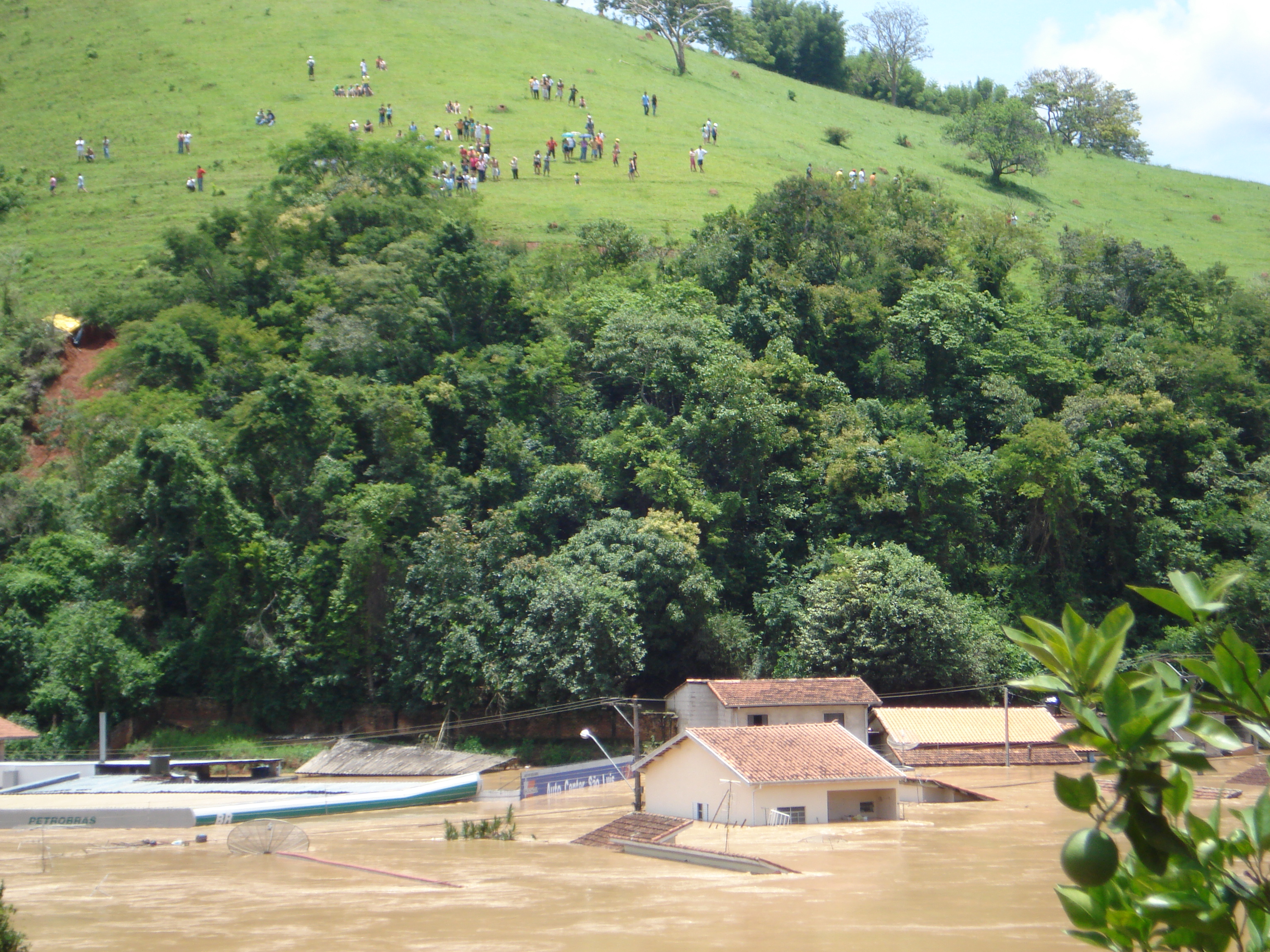São Luis do Paraitinga
São Luís do Paraitinga, SP, Brazil
São Luis do Paraitinga, an urban community in southeastern Brazil, is home to over 10,000 inhabitants who largely rely on eco-tourism and government employment. Traversed by the Paraitinga River, parts of the community are flooded each year during the rainy season. In 2010, an unprecedented flood event affected the whole town, resulting in the evacuation of all residents. During the post-disaster reorganization phase, the community actively participated in the decisions regarding the reconstruction of historical buildings and other issues.
Top environmental challenge faced by the community (currently or in the past 10 years):
Floods are recurrent in the urban area, which is crossed by the Paraitinga River. Almost every year, part of the community suffers with flooding in their households during the wet season. Besides the natural variation of the water level of the river, land degradation, runoff and soil erosion aggravate this problem. In January 2010, the community was affected by an unprecedentedly big flood (the river rose up to 12 meters above its regular level), which affected and displaced more than 3,000 people from their houses. The material losses were huge, including damaging and destruction of historical buildings (the town being in a National Architectural Heritage Site). However, no casualties were registered, as the community self-organized and managed to rescue everybody. In this sense, it is worth emphasizing the remarkable role of local rafting (eco-tourism) teams, which provided their expertise, leadership and equipment.
How the environmental challenge has affected local livelihoods:
During the post-disaster reorganization phase, the community actively participated in the decisions about the reconstruction of historical buildings and other issues. They also showed a remarkable sense of belonging and place attachment, and the community ties were strengthened. The tragedy seems to have reinforced a common sense of community strength within the community, capable of coping and recovering with their own hands and, also, of gratefulness for all the solidary help they received from external people and institutions.
Community response to the challenge, through environmental stewardship (conservation) initiatives that improve environmental well-being and support sustainable livelihoods:
A lot of initiatives occurred in response to the crisis. Besides engineering work conducted by the public initiative, most post-disaster initiatives focused on keeping the vibrancy of local cultural manifestations. Concerning more environmentally focused approaches, we may highlight the creation of a network of diverse institutions and individuals (internal and external to the community), who are developing projects and working to create synergies and to influence public policies, based on an integrated view of the territory, blending ecological restoration with implementation of sustainable farming and community-based tourism. It is still unclear how successful these initiatives will be in terms of mitigating the risk of floods.
Extent to which governmental policy (at local, regional or national levels, as relevant) has supported, or been contrary to, the community's responses to the environmental challenge:
During the reconstruction phase, State and Federal government institutions helped the local government in many ways. However, there was a lack of continuity in the municipal government staff, which weakened their support to local groups working on environmental issues.
Keywords: Ecosystem
Agricultural, Forest, Montane/Mountain, Urban
Keywords: Resources
Air, Forest, Land, Soil, Water
Keywords: Big Issues
Human-wellbeing, Land use, Public awareness, Resource use
Keywords: Solutions
Ecological Restoration, Local/Traditional knowledge, Policy and planning, Public participation
Contributed by: Juliana Sampaio Farinaci
The information provided and opinions expressed above are the responsibility of the contributor and do not necessarily reflect the views and analysis of the Community Conservation Research Network (CCRN), nor those of all members of the community described.
For any questions or comments on Communities in Action, please contact us
here.



